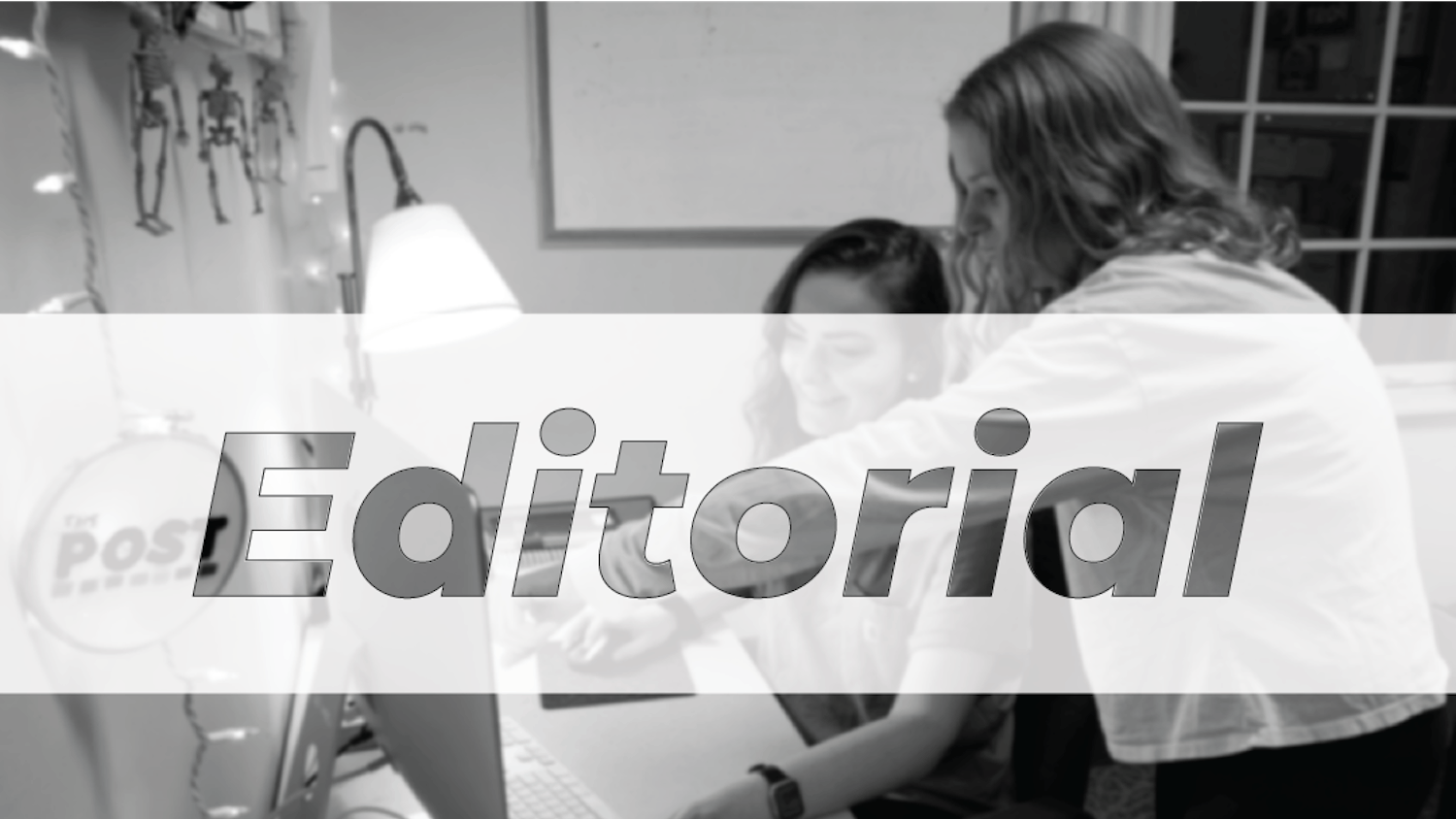In 1610, Galileo Galilei built a telescope and immediately looked to the moon, noting the craters and mountains. He then looked to Jupiter, noting three dots orbiting the planet. When he pointed his telescope to Venus, he noted it looked like a ... crescent?
Since when can planets go through phases? Well, from our vantage point only Mercury and Venus can, but the further out you go the more planetary phases (and evening stars) you’ll see.
The crescent Venus Galileo saw was due to its orbit around the sun. Recently, Venus went through its
At this point— through a telescope — Venus would look like a quarter Moon, meaning half of its face would be light and the other half shadow. From now until mid-March, as Venus swings in front of the Earth, it will become a thinner and thinner crescent until it passes between the Earth and sun.
After that, Venus becomes the morning star appearing as a thickening crescent until a half again at greatest elongation this time, a mirror of the evening. Venus then grows gibbous as it passes around the far side of the sun. From Earth, it would look like a nearly full disk until it finally fades into the sunlight. Slowly gaining a shadow as it creeps along in orbit, Venus returns to evening elongation and is a half once more, 224 days later.
One planet closer to the sun, Mercury, undergoes these changes as well. However, they are harder to see not only because Mercury is smaller and further away, but also because of its quick
If you look out toward the sunset until spring, you’ll see Venus as the evening “star.” Another is fainter red Mars to the upper left. From Mars,
The Athens Astronomical Society is hosting Star Party 8.1 at the State Street Cemetery on Jan.
Ethan Gower is a sophomore studying astrophysics at Ohio University. Please note that the views and opinions of the columnists do not reflect those of The Post. Have any questions about Venus? Let Ethan know by emailing him at eg662511@ohio.edu or tweeting him at @ThinkinAbtSpace.






